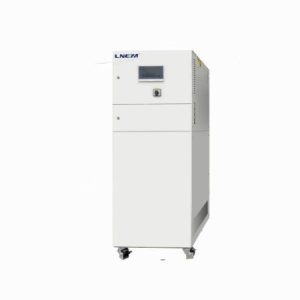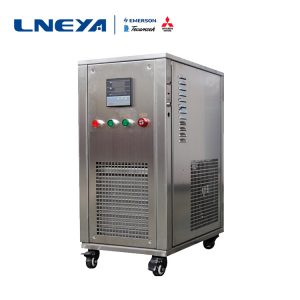Which industries are applicable to semiconductor device testing?
Semiconductor device testing is used in many semiconductor industries. So, how much do you know about semiconductors and conductors for semiconductor device testing? The properties of this substance are still recommended to the user.
In general, substances can be classified into conductors, insulators, and semiconductors according to their electrical conductivity. The conductive properties of a substance depend on the atomic structure. Conductors are generally low-cost elements, such as copper, iron, aluminum and other metals, the outer electrons of which are bound by the nucleus are very small, so they easily break away from the nucleus and become free electrons. Therefore, under the action of an external electric field, these electrons generate directional motion (called drift motion) to form a current, which exhibits better electrical conductivity. The electrons of high-priced elements (such as inert gases) and high-molecular substances (such as rubber and plastics) are strongly bound by the nucleus. They are not easily detached from the nucleus and become free electrons. Therefore, they are poorly conductive and can be used as insulating materials. The outer electrons of semiconductor materials are not as easy to get rid of the nucleus as the conductors, become free electrons, and are not as tightly bound by the nucleus as insulators. Therefore, the conductive properties of semiconductors are somewhere in between.
A semiconductor with a pure crystal structure is called an intrinsic semiconductor. Commonly used semiconductor materials are silicon and germanium, which are tetravalent elements with four valence electrons in the outer orbital of the atomic structure. When a silicon or germanium material is drawn into a single crystal, a pair of outer electrons (valence electrons) of two adjacent atoms become a common electron, which on the one hand moves around their own nucleus and on the other hand appears in the orbit to which the adjacent atom belongs. on. Immediate electrons are not only affected by their own nucleus, but also by adjacent nuclei. Thus, two adjacent atoms share a pair of valence electrons to form a covalent bond structure. Therefore, in the crystal, each atom is closely related to the surrounding four atoms by covalent bonds.
LNEYA semiconductor device testing is widely used in high and low temperature testing of semiconductor equipment, electronic equipment high temperature and low temperature constant temperature testing cold and heat source, the semiconductor testing industry is used more.
(Content source network, if there is any infringement, please contact to delete.)
Recomendaciones relacionadas
-
Why do mechanical factories need chillers?
1286There are many reasons why mechanical factories need chillers, and chillers play a very important role in the mechanical processing process, which can improve production efficiency, ensure stable operation of equipment, and extend equipment ...
Ver detalles -
Instrucciones de uso seguro del baño de temperatura ultrabaja LNEYA
1443Los termostatos de temperatura ultrabaja utilizan más equipos en las industrias farmacéutica y química. Al comienzo del nuevo año, cada operador debe prestar atención a las operaciones de seguridad, y de manera segura y eficiente operar ultra-baja temperatu...
Ver detalles -
-
The Analysis Of Ultra Low Freezer’S Price
1854What are the characteristics and functions of ultra low freezer:1. Ultra low freezer can prevent the precision of machine equipment from being influenced by the change of oil temperature in the process of operation. 2. Ultra low freezer can preven...
Ver detalles
 LNEYA Enfriadoras industriales Fabricante Proveedor
LNEYA Enfriadoras industriales Fabricante Proveedor













